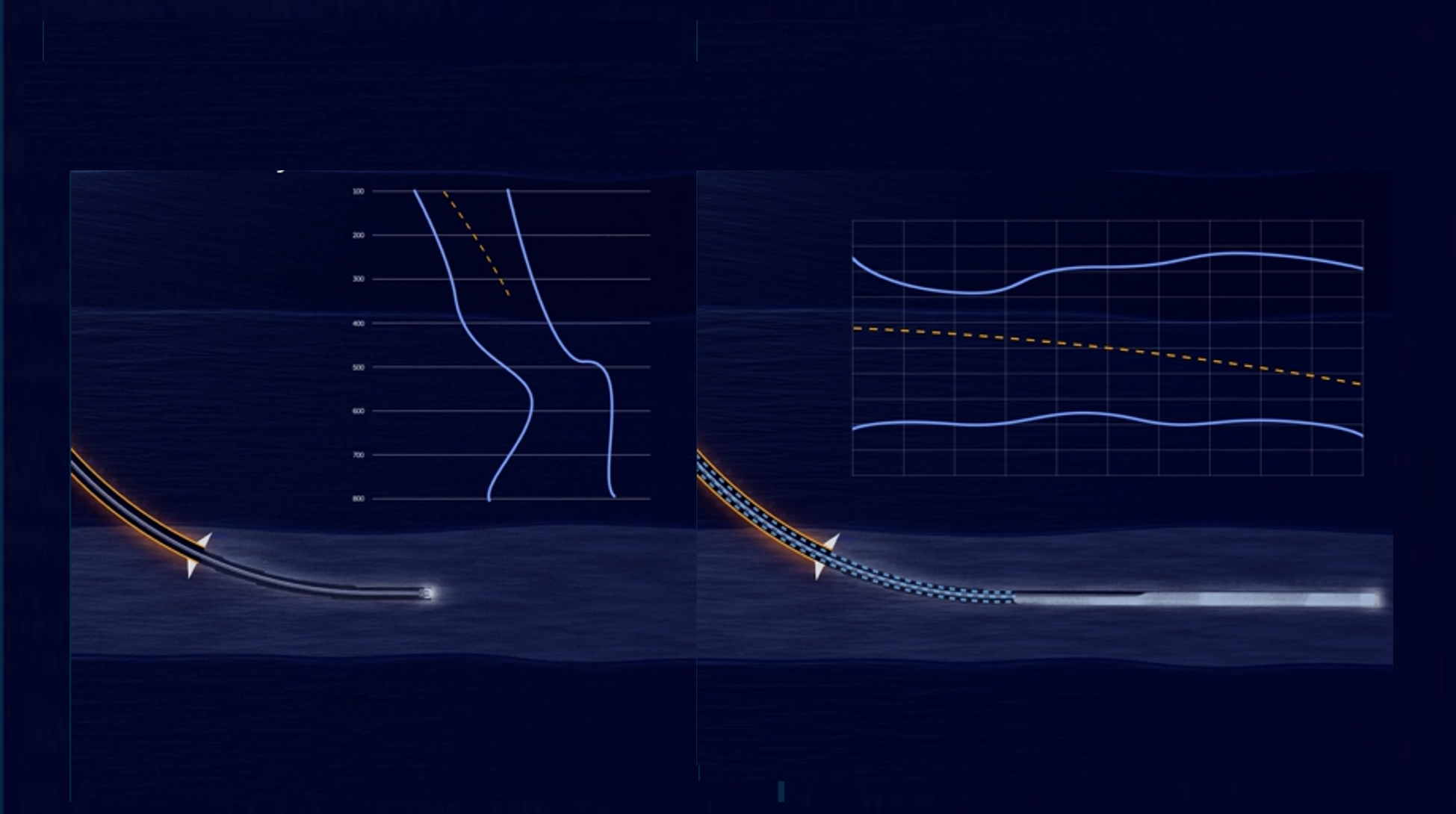MPD introduces unique challenges and considerations to rig operations, particularily when it comes to flat-time activities such as added displacements and slower tripping speeds. If the rig time is increased, it is only natural to calculate and monitor this added cost. Connection time is one area where MPD operations tend to be slower because of the requirement to keep the Bottom Hole Pressure (BHP) near constant.
In this article, we compare the effectiveness of Surface Back Pressure (SBP) and Controlled Mud Level (CML) techniques in managing connections during MPD operations.
Understanding MPD Connection Time
Answering how long a connection takes is like answering “how long is a piece of string”. It varies. For connections in general, it depends on the rig and the rig crew. For connections with MPD, it also depends on how constant the bottom hole pressure needs to be and which MPD method is used. Connections with MPD are generally slower because the pressure needs to remain constant when the circulation stops – and starts again.
Check out: 11 Things All Drilling and Completion Engineers Need to Know About MPD
Key Similarities Between SBP and CML
Both SBP and CML aim to manage BHP consistently by compensating for the friction loss when circulation stops before the connection. The process in each case involves a gradual transition:
- SBP maintains BHP by applying surface back pressure during the connection and releasing it when circulation resumes.
- CML adjusts the height of the fluid level in the Riser – raising it during the connection and lowering it when circulation resumes.
In both cases the pumps are gradually ramped down, and up, to ensure the MPD methods can maintain the desired BHP. While SBP allows for relatively quick adjustment with the surface choke provided the PID settings are correctly set, CML’s adjustment speed is dependent on how large the compensation is, and the density of the fluid being used.
Generally speaking; a surface choke can adjust the BHP faster than by adjusting the fluid level.
Read more: MPD Methods: Pros and Cons of CML vs SBP
Core Differences in Approach
While both methods can hold a constant BHP their approach is different.
- SBP will commonly reduce the density of the fluid until reaching the desired ECD value. During connection the lack of friction is compensated by applying back-pressure.
- CML will commonly select a density which gives the desired pressure during static conditions. To compensate for the added friction when circulating the riser level is lowered.
The lower density used with SBP requires back-pressure to always be applied for all non-circulating operations to stay overbalanced. CML is statically overbalanced and needs to adjust the fluid level in the riser when the ECD gets too high.
Moreover, CML offers greater flexibility: if only the last part of the section has narrow margins it can start off with conventional connections and then gradually start holding constant BHP when approaching the area with narrow margins. This reduces overall connection times significantly.
CML can use the Dual Gradient Effect to effectively drill the upper parts of the well without needing to hold a constant BHP. The unique pressure profile generated when lowering the riser level, especially for deepwater operations, enables connections without pressure adjustments in narrow windows throughout the section.
Additional reading: How Does CML MPD Work?
Final Thoughts
Determining which method – SBP or CML – is more effective depends heavily on operational context, including:
- The required riser level adjustment for CML.
- The control parameters (PID setting) for SBP.
- The pressure margin characteristics of the well section.
In summary:
- SBP can provide quicker pressure adjustments
- CML allows for more flexibility and can reduce connection time when conventional techniques are viable, particularily in upper hole sections when leveraging the dual gradient effect or sections where MPD is only required for the last part.
While neither method is universally superior, understanding their differences can help operators choose the most efficient strategy for each section of the well.
Get the latest updates
Want to stay updated on the latest knowledge articles and news from Enhanced Drilling?
.jpg?width=290&name=Snorre%20Lutnes%20(gammelt%20bilde).jpg)







